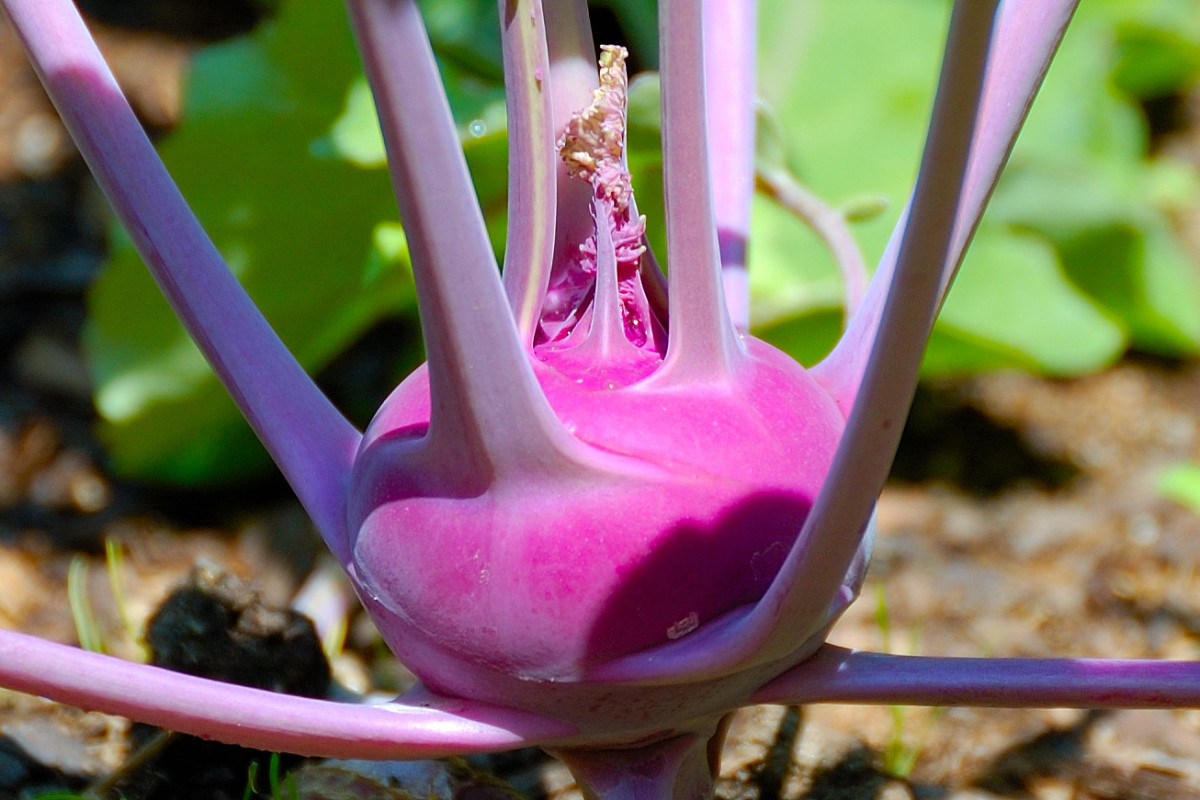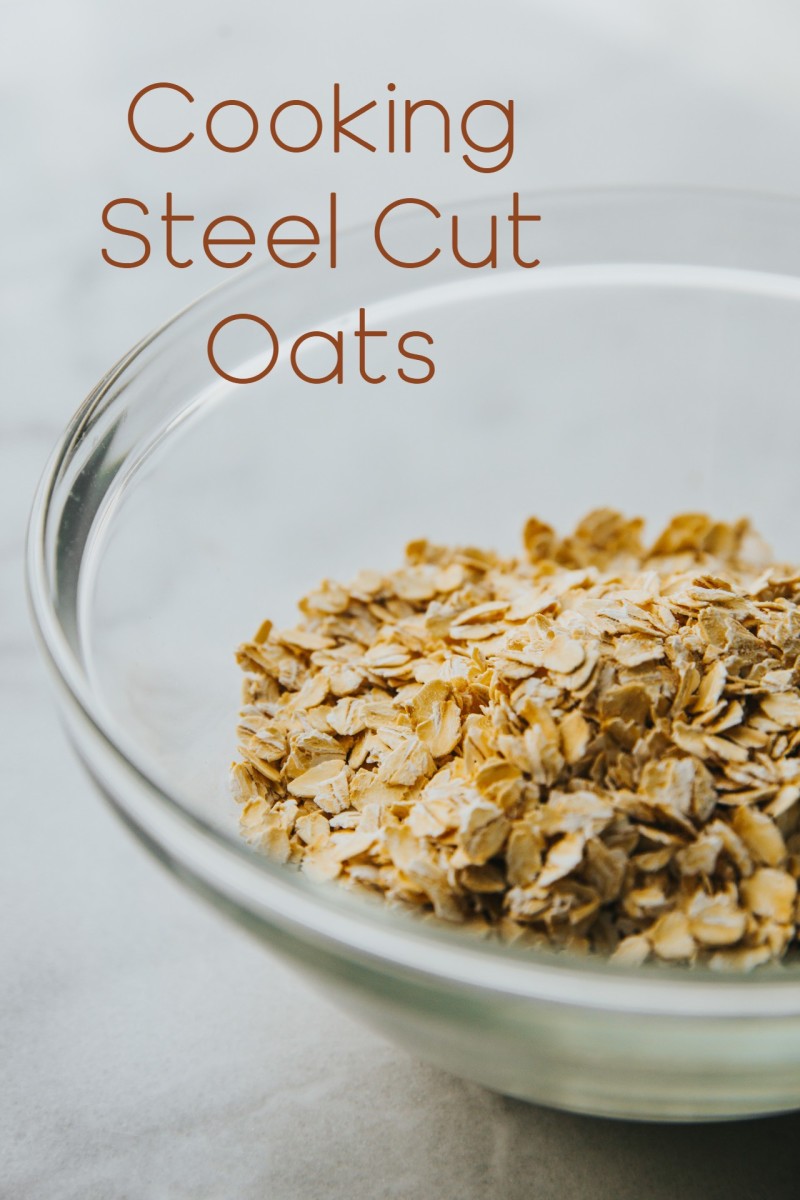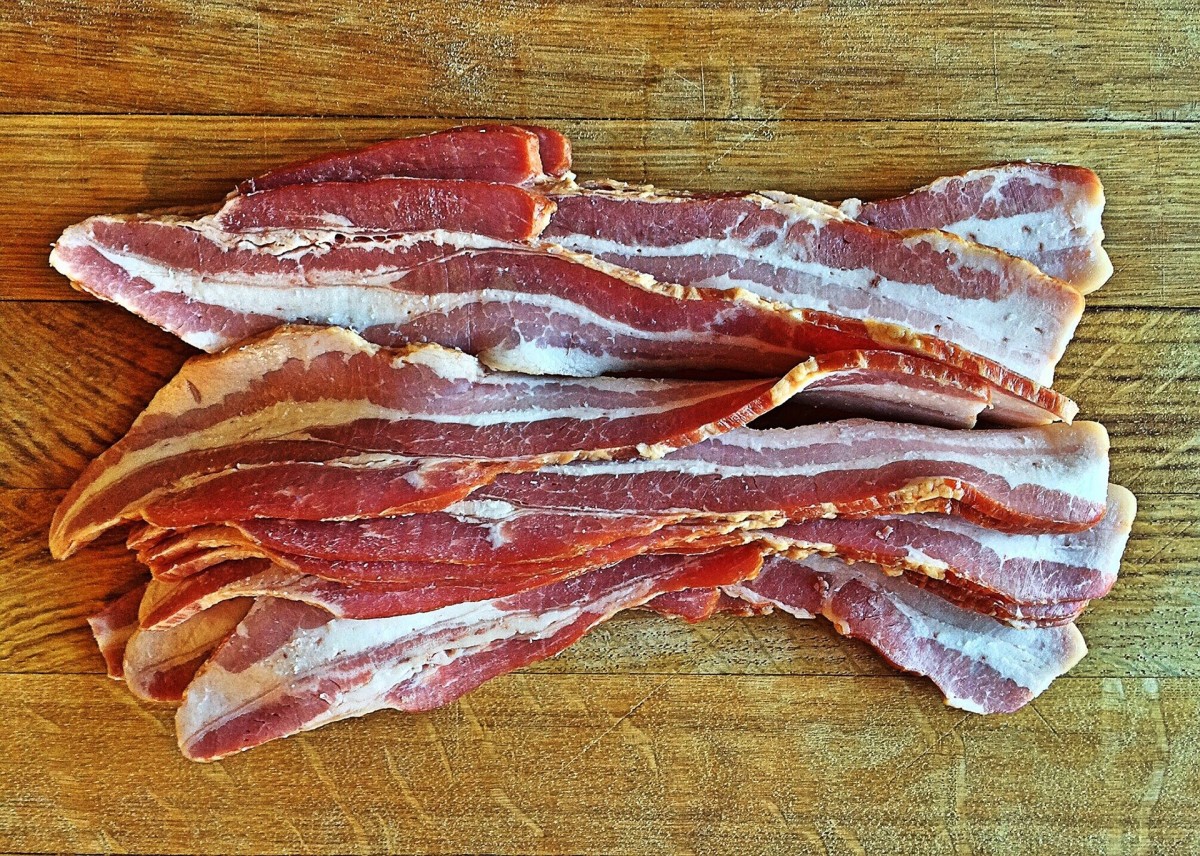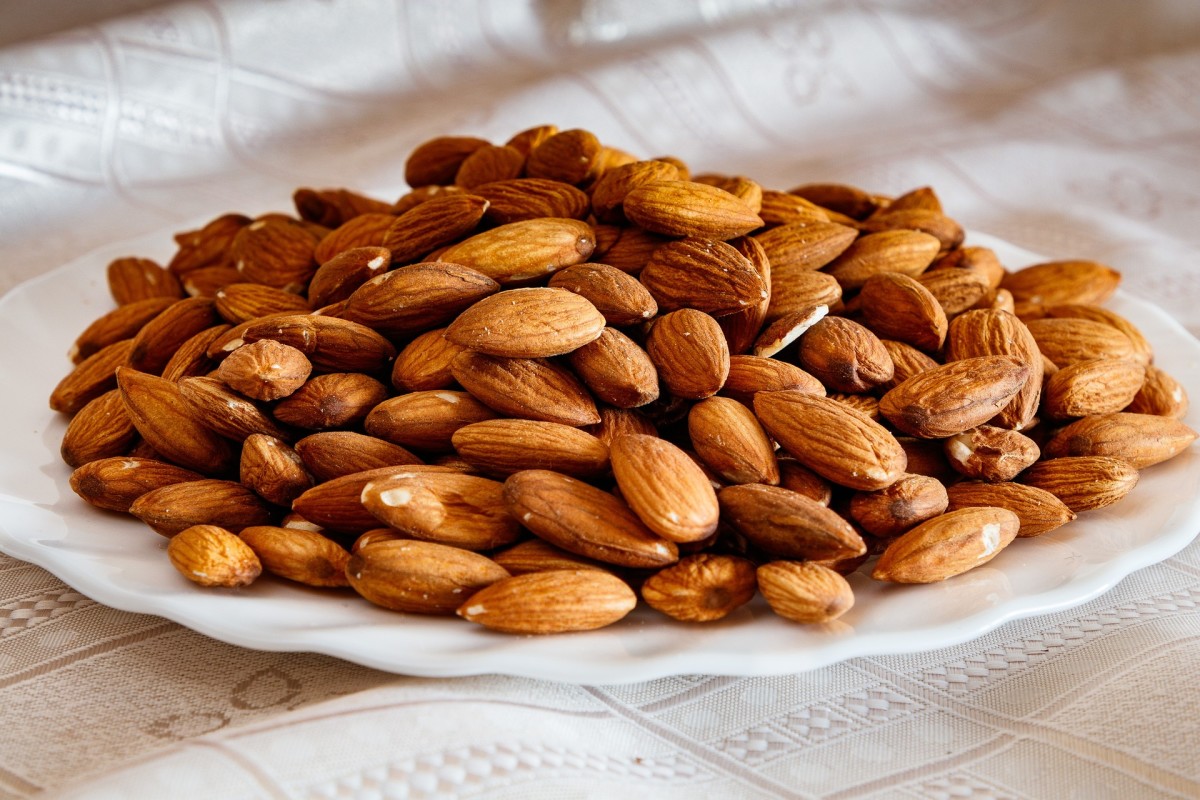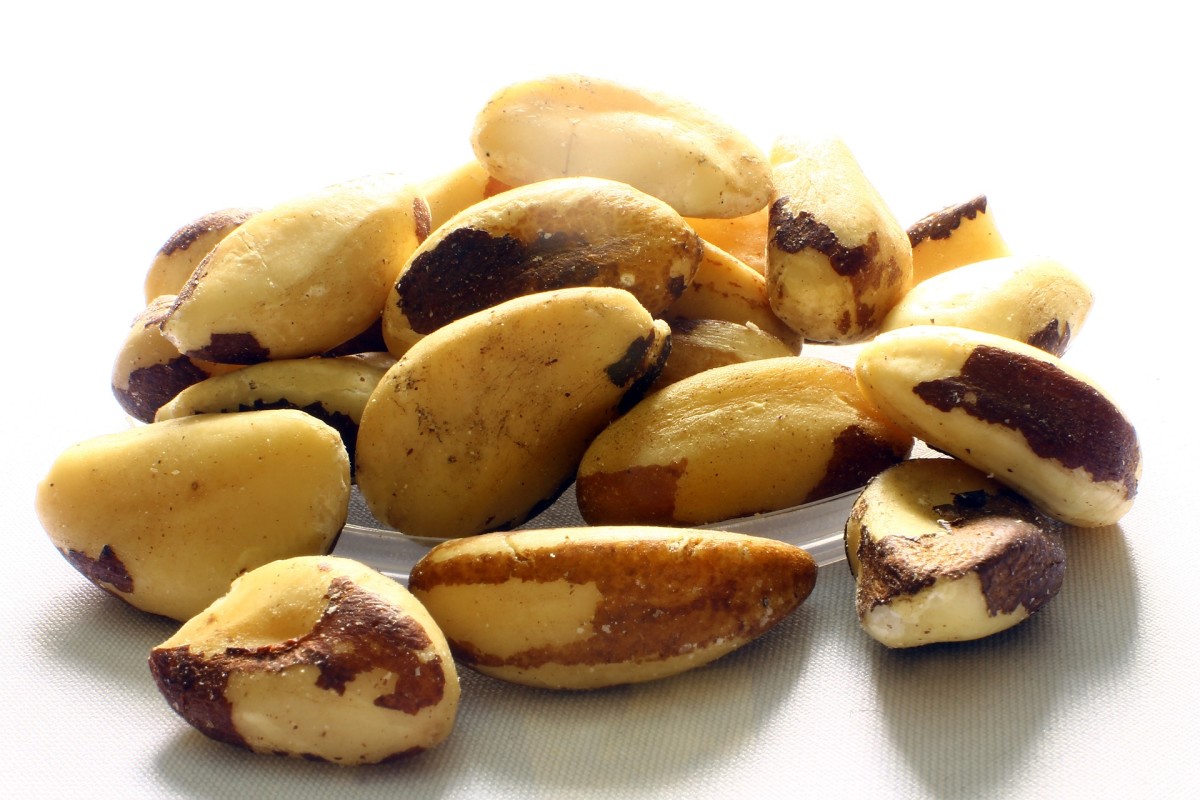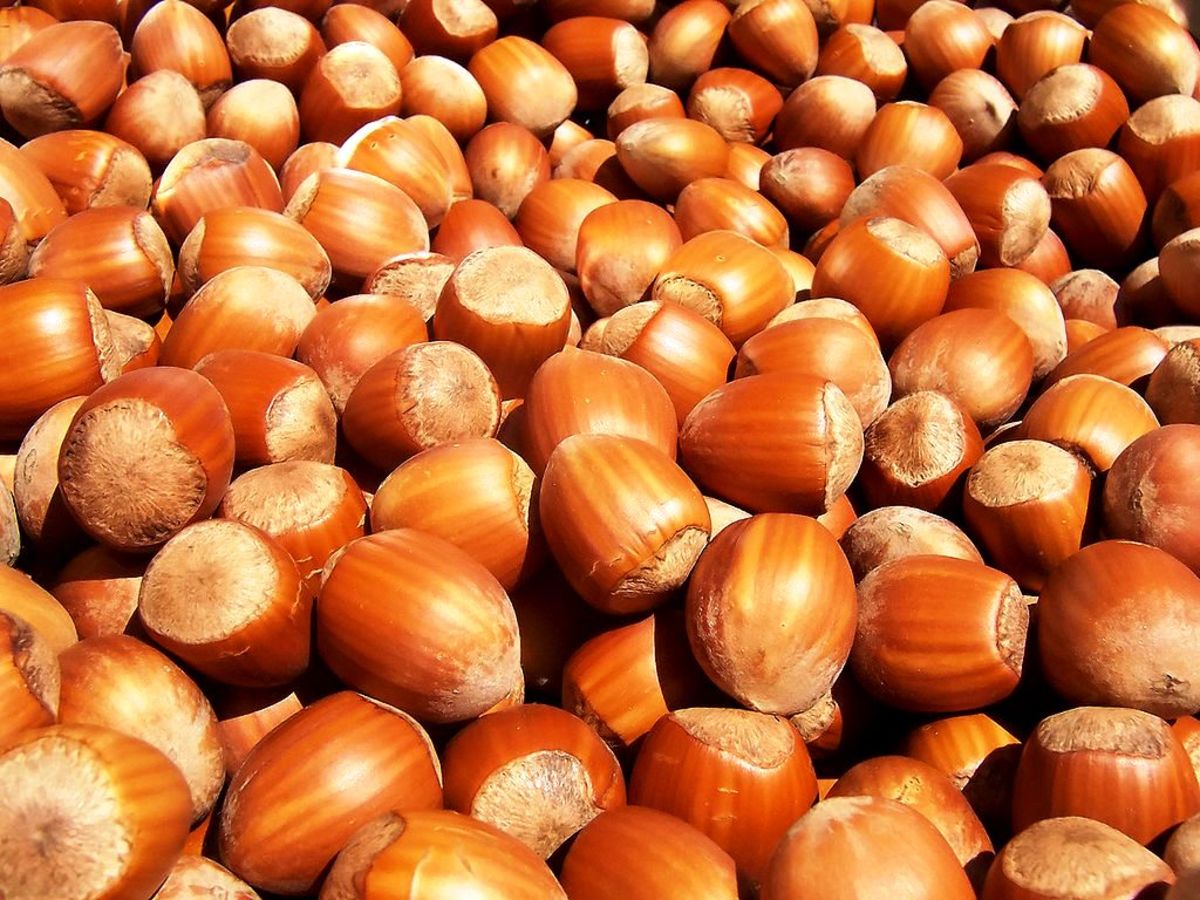The Best & Worst Nuts To Eat For Nutrition Power
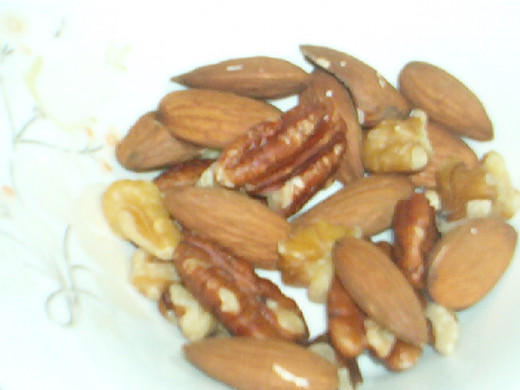
Nuts have always been known as a tasty party snack or topping for ice cream sundaes. But now they are getting the recognition they deserve as a regular part of a healthy eating plan.
Not all nuts are equal, though, when it comes to nutrition. The trick is to know which kinds offer the most vitamins and minerals per serving, and find ways to incorporate them into your weekly menu.
Some of The Best Nuts
Every kind of nut has some redeeming nutritional value, but some stand out above the others. Each of these supply protein, fiber and antioxidants. They are available year-round at your local grocery store, and can either fit into your favorite recipes or lead you to new taste adventures!
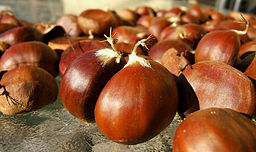
1. Chestnuts - High Fiber
Chestnuts have been compared to brown rice in terms of nutrition - even called "the grain that grows on a tree".
High in dietary fiber, chestnuts contain minerals like iron that keep the immune system strong and copper that help iron do its work. Other beneficial nutrients include vitamin K, which plays a key role in blood clotting and the healthy monounsaturated fats oleic acid and palmitoleic acids.
Though they are most well-known for being roasted in the wintertime, chestnuts can be used in a variety of ways. Some recipes call for them simply shelled and chopped, mashed, or ground up into flour. Gluten free, chestnuts can be a helpful part of a diet for people with celiac disease or wheat allergies.
Chestnuts
| 1 serving (2 1/2 nuts)
|
|---|---|
Calories
| 60
|
Proteiin
| 1 gram
|
Fiber
| 8 grams
|
Cholesterol
| 0 grams
|
Fat
| Saturated: 1 gram
|
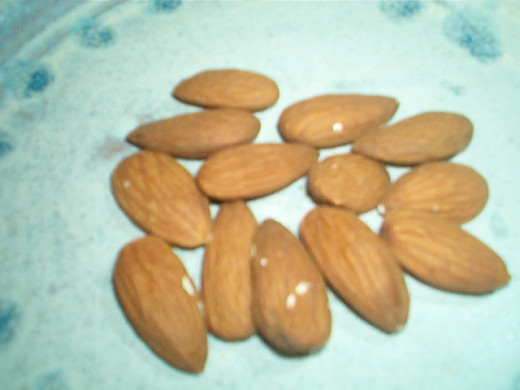
2. Almonds - Protein Power
These popular nuts are high in monounsaturated fats, which have been found to help reduce the chance of heart disease. Almonds have potassium, which helps maintain normal blood pressure and functioning of the heart. They also boast magnesium to keep arteries running clearly for oxygen and nutrients to travel throughout the body, and calcium to monitor the passage of nutrients through the body's cell walls.
Eating almonds with meals can lesson blood-sugar surges after those meals, and over time that lowers the risk of diabetes. Plus, they are protein-packed: a 1/2 cup has more than one egg.
Recipe: Almond Butter - Easy and quick to make, yummy to eat! (Recipe submitted by: Amy M by www.Allrecipes.com)
Almonds
| 1 serving (23 whole nuts)
|
|---|---|
Calories
| 162
|
Protein
| 6 grams
|
Fiber
| 3 grams
|
Cholesterol
| 0 grams
|
Fat
| Saturated: 1 gram
|

3. Pistachios - Antioxidant Qualities
A serving of pistachios provides about 12% of recommended daily fiber, as much as some whole grains.They contain vitamin A, which stimulates the immunity system and helps in bone, tooth and cell growth.
Pistachios offer high antioxidant levels, and among the highest level of protein per serving among nuts. Also present are manganese, vital to thyroid and metabolism function and potassium, necessary for the body's proper growth and maintenance as well as heart activity.
To toast pistachios (or any other nut): Preheat oven to 325 degrees. Lay up to two cups of nuts in a single layer on a cookie sheet. Put them into the oven to cook for 5-10 minutes, keeping an eye on them and turning them at least once.
Add them into your couscous or quinoa. Use them in homemade sweet bread recipes. Make a trail mix with dried fruit. Store what's left over in an airtight container.
Pistachios
| 1 serving (49 whole nuts)
|
|---|---|
Calories
| 157
|
Protein
| 6 grams
|
Fiber
| 3 grams
|
Cholesterol
| 0 grams
|
Fat
| Saturated: 2 grams
|
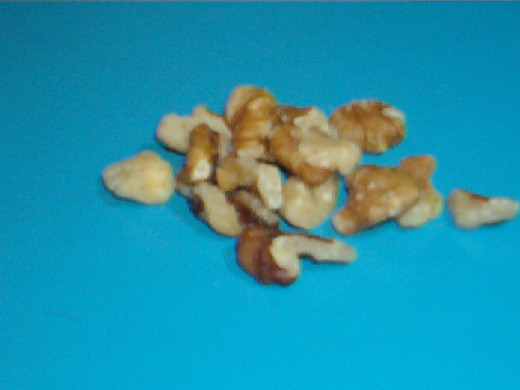
4. Walnuts - Heart-Healthy
Walnuts are very heart-healthy. They are rich in omega-3 acids - eating them regularly can lead to lower cholesterol and blood pressure. Walnuts contain Niacin, or vitamin B3, which assists in digestive functioning and converting food to energy. They also offer Vitamin E, used by many to heal injured or dry skin.
Walnut oil is more readily available now in grocery stores. Like olive oil, walnut oil is best used uncooked. You can use it in salad dressings or marinades. Brushing some on chicken or fish just before serving adds a nutty flavor while keeping the meat moist. You can even use it as a topping for pasta with vegetables.
Walnuts
| 1 serving (14 halves)
|
|---|---|
Calories
| 185
|
Protein
| 4 grams
|
Fiber
| 2 grams
|
Cholesterol
| 0 grams
|
Fat
| Saturated: 2 grams
|
Some of the Worst Nuts
Enjoy these nuts, but in smaller amounts or less often.
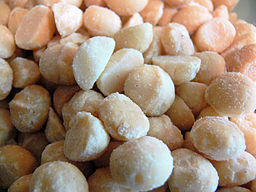
1. Macadamia Nuts
Thought they are a good source of B1 and B6, macadamias are high in fat - and a large amount of saturated fat, much less healthy for the heart. They are relatively low in protein with a higher calorie content than other nuts.
Ideas:
- Incorporate a few whole nuts into a bag of mixed nuts.
- Macadamia nuts go well with chocolate - chop a couple of nuts to top ice cream or gelato.
Macadamia Nuts
| 1 serving (10-12 whole nuts)
|
|---|---|
Calories
| 203
|
Protein
| 2 grams
|
Fiber
| 2 grams
|
Cholesterol
| 0 grams
|
Fat
| Saturated: 3 grams
|
2. Any Processed Nuts
Whether in cans or canisters, these nuts lose some of their nutritional value just by being shelled. Added sugar, salt and other seasonings during processing increases sodium levels and adds calories. The nuts can also become rancid after sitting in hydrogenated oils for a long time.
Note: Store any container in a cool place (even your refrigerator) to help them keep longer.

